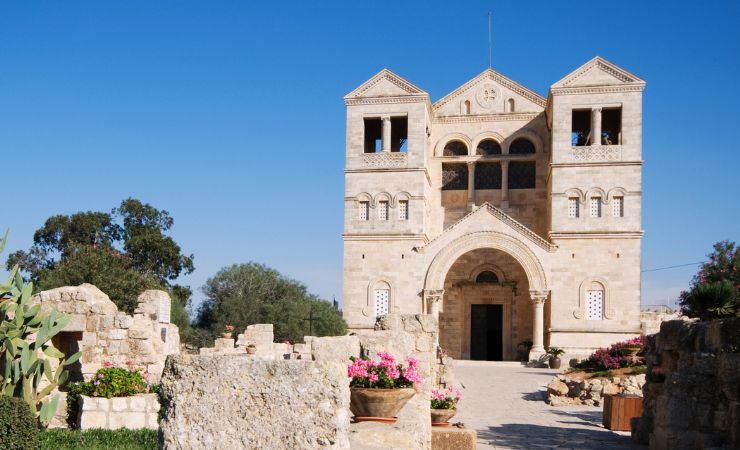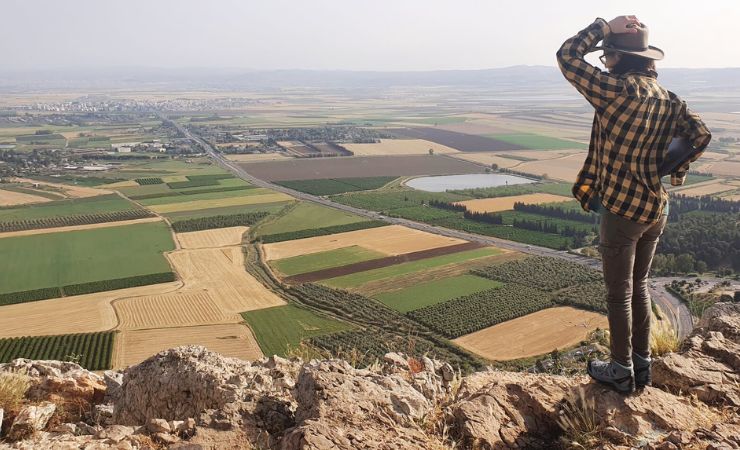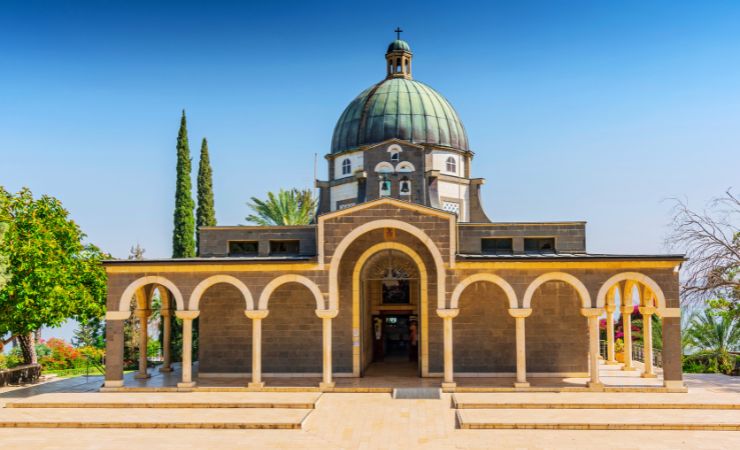Arbel: Cliffhanger Stories
The Arbel National Park boasts a monumental cliff that offers panoramic views of the Jordan Valley, the Sea of Galilee, the Golan Heights, Mt Hermon, and the Galilee. But beyond its natural beauty, Arbel holds interesting stories from the Roman period and the Mishna.
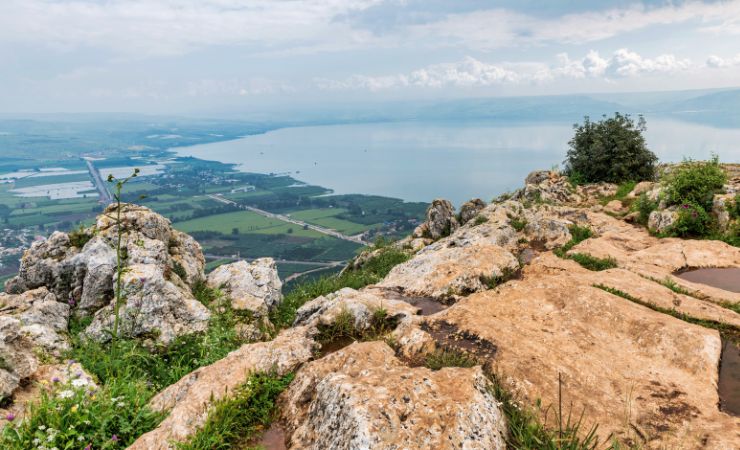
Location
Arbel is positioned near Tiberias in the eastern Lower Galilee. Its vantage point provides sweeping views of the surrounding regions.
Overview and Geology
The Arbel National Park encompasses the Arbel Nature Reserve, which was declared in 1967. This vast area includes the Arbel Cliff, Mt Nitai, Mt Savyon, the Horns of Hittim, and the Arbel Plateau. The park’s primary significance lies in the diverse habitats it houses and the unique species that call it home. It’s also a corridor for wildlife, allowing them to traverse between natural areas.
Comprise of limestone and dolomite rocks, the Arbel Cliff, stands 181 meters above sea level and 390 meters above the Sea of Galilee.



The Battle of Mount Arbel
Mount Arbel was a significant location during the Hasmonean period. Josephus says that around 39-38 BCE, a clash occurred between the Hasmonean forces of Antigonus and those of Herod. After Herod took control of Sepphoris, he dispatched his forces to the village of Arbela. Following a 40-day standoff, Herod’s troops engaged the supporters of Antigonus. Herod’s forces emerged victorious, with the remnants of Antigonus’ supporters seeking refuge in caves near the village of Arbel.
The cliffs’ sheer nature made a direct assault on these caves impossible. Ingeniously, Herod’s engineers devised a plan: they constructed baskets to lower soldiers down the cliff face using machines anchored at the summit. Armed with grappling hooks, these soldiers extracted the rebels from the caves, often hurling them onto the rocks below. In some instances, fires were set to force the rebels out, leading some to throw themselves and their families off the cliffs. Herod observed this grim spectacle from a fortified position on a nearby hill.
During the First Jewish revolt against Rome, Josephus fortified the “cave of Arbel.” He likely fortified the eastern group of caves on the Arbel Cliffs, where actual fortifications remain visible. It’s also probable that he utilized the western group of caves, previously used by Antigonus’ supporters against Herod.
Byzantine Synagogue on Mount Arbel
Close to Mount Arbel are the remnants of an ancient Jewish settlement, which houses a limestone synagogue. This synagogue in Arbel is unique in that it boast a beautiful entrance made of a monolithic stone that faces the east. Tradition has it the the Messiah will the arriving from the valley of the Arbel (bukat Arbel).
The synagogue was constructed in the 4th century CE and remained in use until the 8th century CE Renovations were undertaken in the late 6th or early 7th century CE. This synagogue stands as a testament to the rich Jewish heritage of the region.
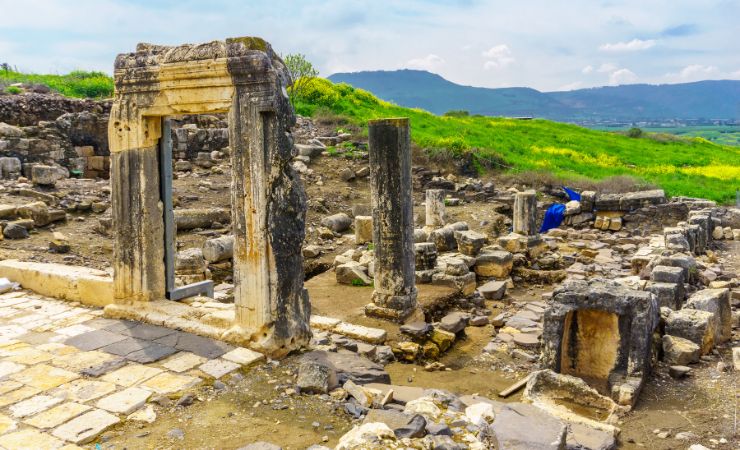
Sources and Additional Reading
Wikipedia – Mount Arbel
Biblical Israel – Arbel
Israel National Parks Authority – Arbel
Nearby Sites
-
Ancient Synagogue of Tiberias: The synagogue at Tiberias dates back to the Roman and Byzantine periods that showcases intricate mosaics from many eras.
-
Tomb of Nebi Shu’eib: Revered as the tomb of Jethro, Moses’ father-in-law, this site is the most significant religious shrine for the Druze community.
-
Magdala: Believed to be the hometown of Mary Magdalene. Excavations have unearthed a first-century synagogue from the time of Jesus.
-
Jesus Boat at Genosar: The 2,000-year-old fishing boat from the time of Jesus was discovered in the muddy shores of the Sea of Galilee.

